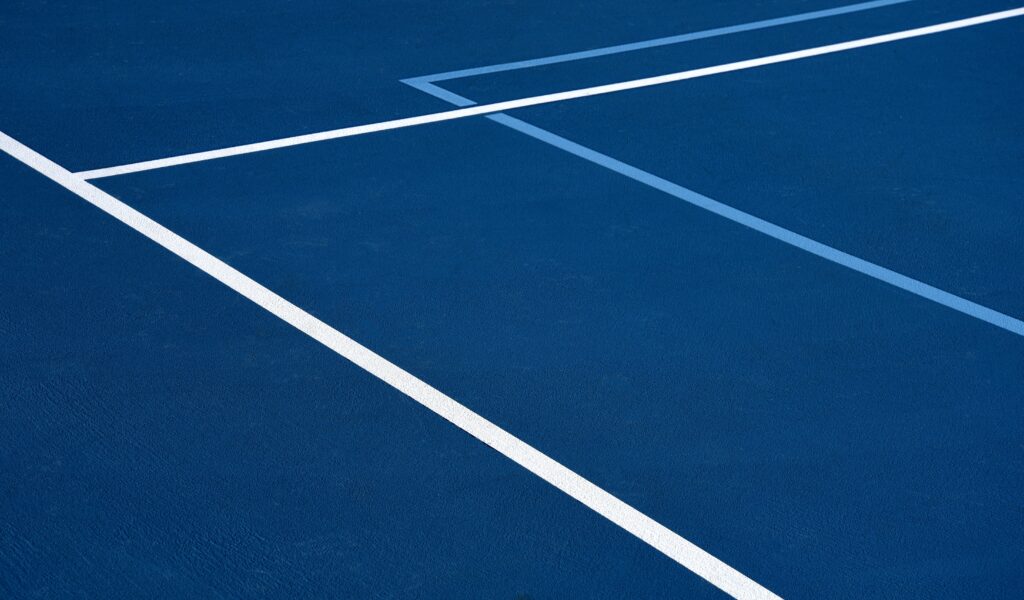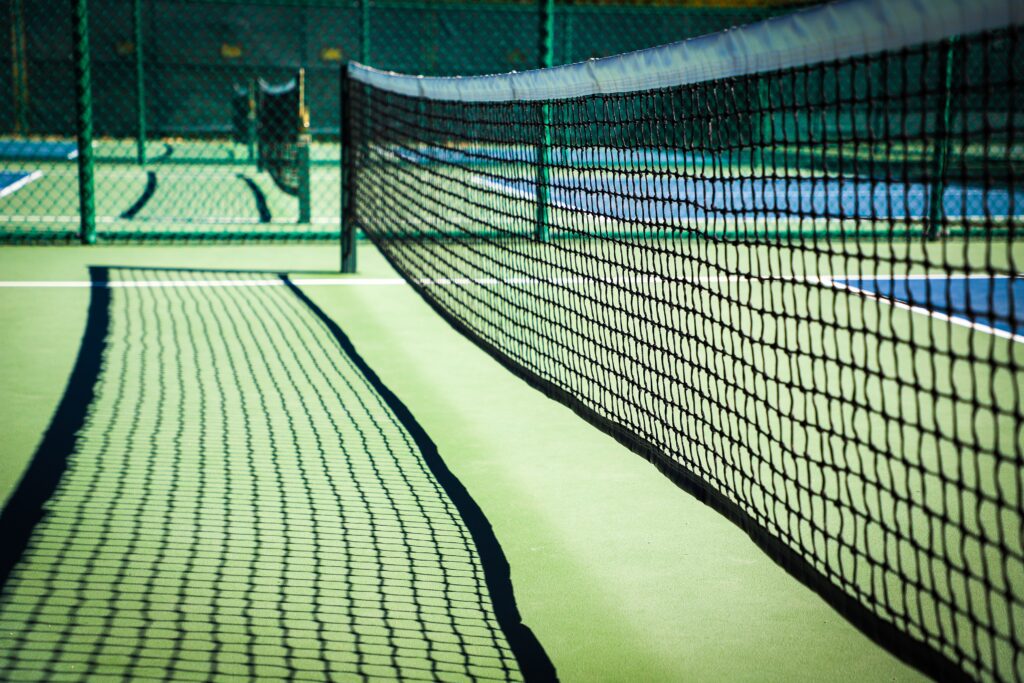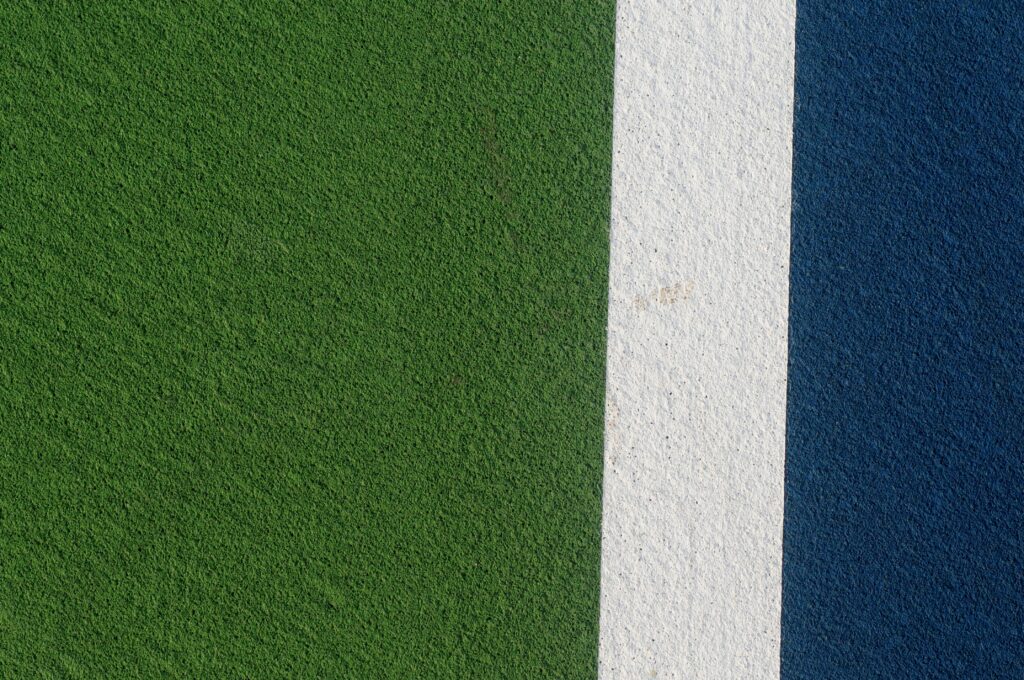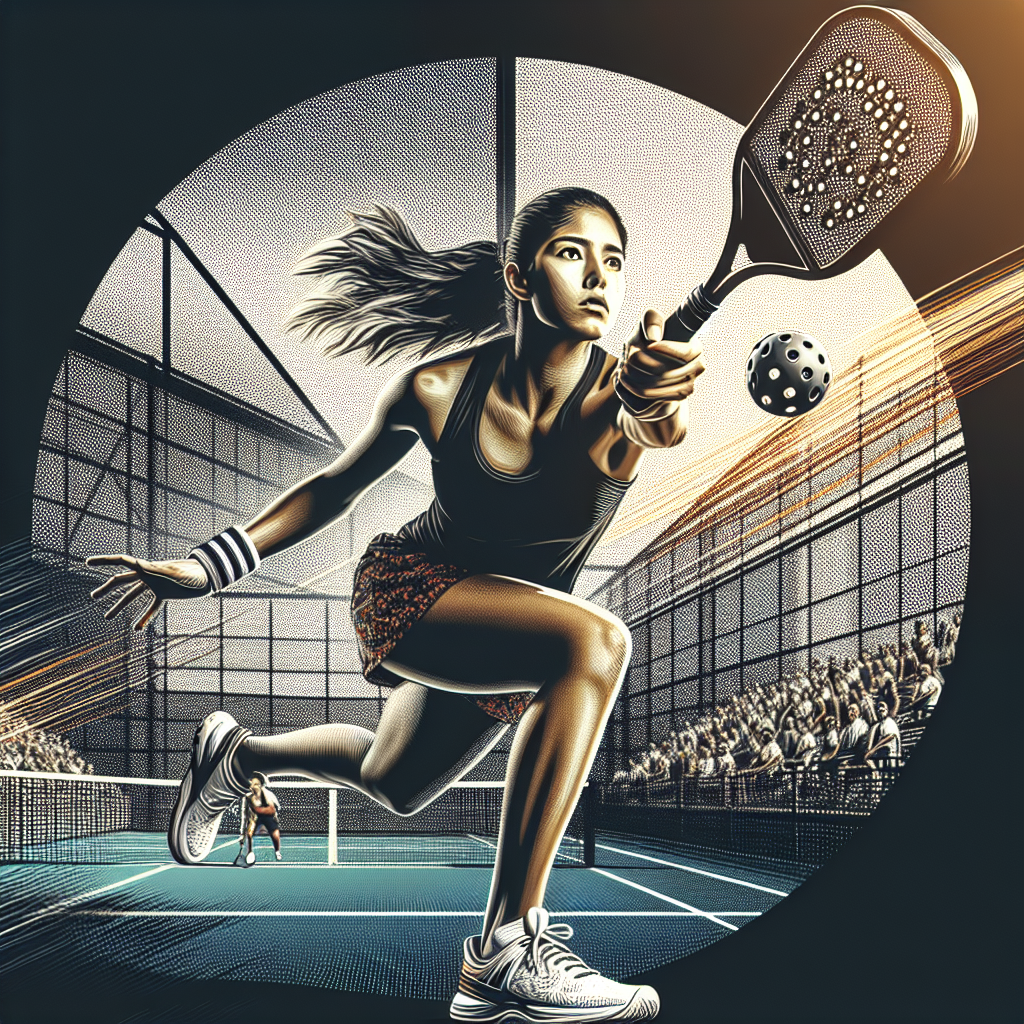Imagine a world where you can engage in an exciting and fast-paced sport that combines elements of tennis, badminton, and ping pong all in one. Well, look no further than pickleball! Whether you are a seasoned player or just discovering this thrilling game, understanding the rules of single pickleball is essential to fully enjoy the experience. In this article, we will explore the basics of single pickleball rules, giving you a comprehensive guide to help you navigate the court with confidence. So get your paddle ready and let’s dive into the exhilarating world of single pickleball!

Equipment
Pickleball Paddle
The pickleball paddle is a crucial piece of equipment used in the game. It is a solid, rectangular-shaped racket made of composite materials, typically weighing between 6-14 ounces. The paddle has a handle with perforations for a better grip and a larger surface area to hit the ball. When selecting a paddle, it is important to consider the weight, grip size, and material that suits your playstyle and skill level.
Pickleball Ball
The pickleball ball is similar to a wiffle ball, with small holes all over its surface. It is made of lightweight plastic and is available in different colors, allowing for better visibility during play. The regulation pickleball has a diameter of 2.87 inches and weighs around 0.9 ounces. The ball’s unique design ensures that it can travel with controlled accuracy and provides an optimal playing experience.
Court
The pickleball court is a rectangular area measuring 20 feet wide and 44 feet long for doubles play, and 20 feet wide and 22 feet long for singles play. The court is divided into two equal sides by a centerline and has a non-volley zone (NVZ) on each side. It is further divided into service courts by the service lines. The court surface can be made of various materials, such as asphalt, concrete, or a specialized pickleball court surface, providing sufficient grip and bounce for the ball.
Gameplay
Pickleball combines elements of tennis, badminton, and ping pong, offering a fun and fast-paced game for players of all ages and skill levels. Here is an overview of the gameplay elements involved in pickleball:
Serving
The serve is the starting point of each rally in pickleball. The server must start behind the baseline and hit the ball underhand diagonally into the opponent’s service court, ensuring it clears the non-volley zone. The serve must be made with the paddle below the server’s waist level, and the ball must make contact with the paddle below the server’s wrist.
Volleying
Volleying refers to hitting the ball in the air without letting it bounce on the court. Players can volley the ball from anywhere on the court except for the non-volley zone. Volleying allows for quick and strategic plays, adding excitement to the game.
Scoring
Pickleball utilizes a rally scoring system, meaning that points can be scored by both the serving and receiving teams. A point is awarded if the opposing team commits a fault, such as hitting the ball out of bounds, into the net, or into the non-volley zone. Games are typically played to 11 or 15 points, with a winning margin of two points.
Let Serves
A let serve is when the ball hits the top of the net on the serve but still lands within the service court, resulting in a re-serve without penalty. This rule adds an element of unpredictability to the game and allows for a fair chance when the ball hits the net.
Serving Rules
Server Positioning
The server must stand behind the baseline and serve diagonally to the opponent’s service court. The server may not step on or cross the baseline until after making contact with the ball.
Service Sequence
Each team has only one server, and when the serving team commits a fault, the serve is then given to the opposing team. However, if the serving team wins the rally, the server continues to serve for the next point.
Faults
Several faults can occur during the serve, resulting in the loss of the serve to the opposing team. These faults include hitting the ball out of bounds, failing to clear the non-volley zone, stepping on or crossing the baseline before striking the ball, or serving out of turn.
Volleying Rules
Non-Volley Zone
The non-volley zone, also known as the kitchen, is a seven-foot area adjacent to the net on both sides of the court. Players cannot volley the ball while standing in the non-volley zone; they must let the ball bounce before hitting it if they are inside this zone. This rule prevents players from dominating the game by standing close to the net and volleying every incoming ball.
Volleying Techniques
Volleying techniques are an essential part of pickleball strategy. Players can utilize forehand and backhand volleys to return shots while maintaining control and precision. The key is to have a stable stance, keep the paddle in front of you, and make deliberate contact with the ball.

Scoring Rules
Scorekeeping
Pickleball scoring is simple and straightforward. Each time your team wins a rally, you earn a point. The team that reaches 11 or 15 points first, with a two-point lead, wins the game. Some variations of the game may use a different point threshold, but the concept remains the same.
Winning the Game
To win a pickleball match, you must win two out of the three games played. Each game is independent, and the team that wins the majority of the games emerges as the overall winner. In the event of a tie, a third game, commonly known as a tiebreaker, is played to determine the winner.
Let Serves
Definition
A let serve occurs when the ball hits the top of the net on the serve and lands within the service court. In this case, the serve is replayed without any penalty or loss of serve to either team. The let serve rule ensures fairness and gives players a chance to deliver a successful serve after an unexpected bounce.
Procedure
When a let serve occurs, the server retakes the serve, and the game continues as usual. If subsequent let serves occur, they are replayed in the same manner until a successful serve is made.

Out of Bounds
Boundary Lines
In pickleball, the boundary lines define the playing area and establish which shots are considered in or out. If the ball lands on or outside the lines, it is considered out of bounds, resulting in a fault and the opposing team winning the point.
Hitting the Ball Out
Hitting the ball out of bounds typically occurs when the ball is struck with excessive power or incorrect aim, causing it to land beyond the boundary lines. Players must aim for accuracy and control to keep the ball within the court and avoid committing this fault.
Faults
Double Bounce
A double bounce fault occurs if the ball bounces twice before a player can return it. It is essential to allow the ball to bounce once on each side at the beginning of the rally. Once the ball has bounced once on each side, players can either volley the ball or let it bounce before returning it.
Volleying from Non-Volley Zone
If a player volleys the ball while standing in the non-volley zone, it results in a fault. Players must exit the non-volley zone before volleying the ball to avoid committing this fault.
Foot Faults
Foot faults occur when players touch or cross the non-volley zone line or the baseline while the ball is still in play. It is crucial to maintain proper positioning and footwork to avoid foot faults and ensure fair play.

Code of Conduct
Sportsmanship
Pickleball values good sportsmanship, emphasizing fair play, respect for opponents, and maintaining a positive attitude. Displaying good sportsmanship contributes to a healthy and enjoyable playing environment for everyone involved.
Interference
Interference occurs when a player deliberately obstructs an opponent’s shot, inhibiting their ability to return the ball. It is important to allow opponents a clear path to make their shots without interference or obstruction.
Foot Faults
As previously mentioned, foot faults involve crossing or touching the non-volley zone line or baseline during play. Players should pay attention to their footwork to ensure fair and legal play.
Time Limits
While there are no strict time limits in pickleball, it is encouraged to maintain an appropriate pace of play, ensuring that games progress smoothly and that all players have a chance to participate.
Etiquette
Pickleball has its own unique etiquette, fostering a friendly and respectful atmosphere on the court. It is customary to congratulate opponents on good shots, refrain from unsportsmanlike behavior, and maintain focus and attention during rallies.
Rule Modifications
Age-Specific Rules
Pickleball can be adapted to accommodate players of different ages, with modified rules to ensure fairness and enjoyment for all. For example, children may play on a smaller court, use a foam ball, or have specific serving rules tailored to their skill level.
Adapted Rules for Disabilities
Pickleball can also be modified to include players with disabilities, allowing them to participate and enjoy the game. Rule adaptations may include modified equipment, altered court dimensions, or adjusted serving rules to ensure inclusivity.
Home vs. Tournament Rules
While the rules outlined in this article are generally followed, variations may exist depending on whether you are playing recreationally at home or in an official tournament setting. It is important to familiarize yourself with the specific rules in the context you are playing to ensure a smooth and fair game.
In conclusion, pickleball is a fantastic sport that combines elements of various racket sports, providing an exciting and accessible game for players of all ages and skill levels. Understanding the rules and equipment involved will enable you to fully enjoy the game and engage in friendly competition with others. So grab your pickleball paddle, find a court, and get ready for a thrilling game that will keep you hooked for hours!


